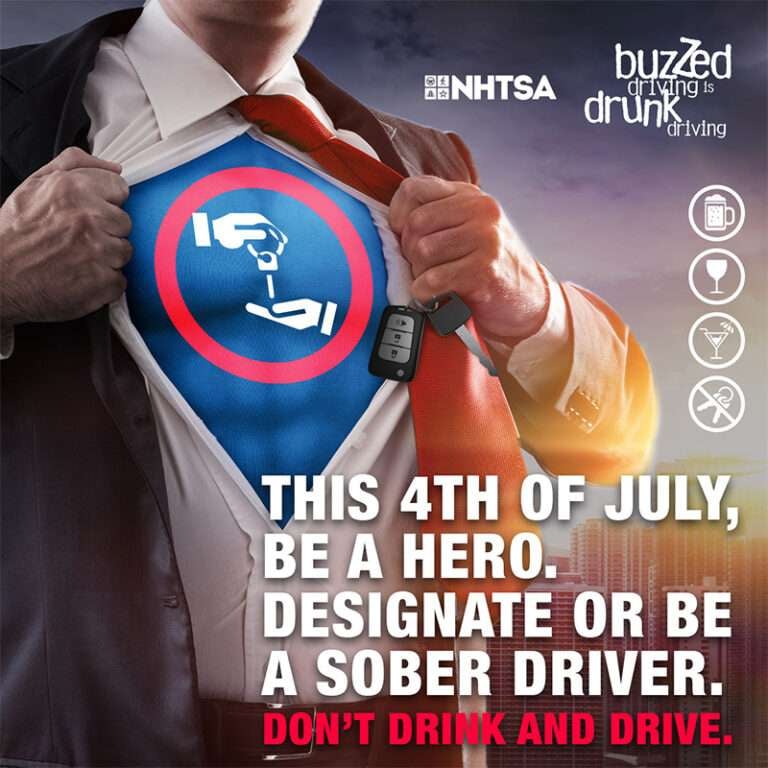At 2:00 a.m. on Sunday, November 5, Daylight Saving Time came to an end, resulting in fewer daylight hours.
As we turn our clocks back one hour, and in support of Drowsy Driving Prevention Week, which runs from November 5-November 11, AAA is reminding motorists to be prepared for sun glare during their Monday morning commute and for reduced visibility on the road during their Monday evening commute.
“The end of Daylight Saving Time this weekend will bring shorter days and longer nights,” said Lori Weaver Hawkins, public affairs manager, AAA Blue Grass. “Night driving brings challenges, so we urge motorists to slow down, increase their following distance, use headlights to make yourself more visible, and be extra cautious on the roadways.”
The time change can cause disturbed sleep patterns, and when combined with the earlier dusk and darkness during the evening commute, become a formula for drowsy driving and fatigue-related crashes – conditions many drivers may be unaware of during the time change.

Although underreported in government statistics, previous research by the AAA Foundation for Traffic Safety has estimated that 16% to 21% of all police-reported fatal vehicle crashes likely involve drowsy driving.
“While many will enjoy an extra hour of sleep this weekend, few commuters and motorists realize the added dangers that can come as the result of a time change – especially when they are behind the wheel,” said Weaver Hawkins. “This one hour shift in time during the fall not only creates darker driving conditions, it can also disturb sleep patterns, perhaps even resulting in drowsy driving episodes.”
When clocks “fall back” in autumn, drowsy driving becomes a significant threat to motorists, cautions AAA. That is because their evening commute will now take place in darkness.
Symptoms of drowsy driving can include having trouble keeping eyes open, drifting from lanes or not remembering the last few miles driven. However, more than half of drivers involved in fatigue-related crashes experienced no symptoms before falling asleep behind the wheel.
AAA Foundation for Traffic Safety’s 2020 Traffic Safety Culture Index data shows that most motorists (95 percent) identify drowsy driving as very or extremely dangerous. Yet, despite high rates of perceived danger and personal/social disapproval regarding drowsy driving, about 17 percent of drivers admit to having driven while being so tired that they had a hard time keeping their eyes open, at least once in the past 30 days.
Additional research findings:
• Drivers who have slept for less than 5 hours have a crash risk comparable to someone driving drunk.
• Drivers who miss one to two hours of sleep can nearly double their risk of a crash.
While the signs of drowsiness should never be ignored, drivers must not wait for their bodies to sound the alarm.
Follow these drowsy driving tips:
• Travel at times of the day when they are normally awake.
• Avoid heavy foods.
• Avoid medications that cause drowsiness or other impairment.
For longer trips, drivers should:
• Schedule a break every two hours or every 100 miles.
• Travel with an alert passenger and take turns driving.
AAA supports the development of vehicle technology that can passively monitor drivers for impairment and prevent or limit vehicle operation when needed. The 2021 Infrastructure Investment and Jobs Act requires NHTSA to create testing standards for this kind of technology that can detect driver impairment, including that caused by drowsiness, medical impairment, or drugs, including alcohol.
Consider the power of a quick nap. Pulling into a rest stop and taking a quick catnap — at least 20 minutes and no more than 30 minutes of sleep– can help to keep you alert on the road.
Drowsy Drivers Increase the Risk to All Road Users
According to the National Highway Traffic Safety Administration (NHTSA), there were 684 deaths nationwide in 2021 from vehicle crashes due to drowsy driving. Tired drivers are not as focused on their driving and are at risk of being distracted.
First responders, construction workers, and people stranded with a breakdown on the side of the road are especially vulnerable to drivers who are not paying attention and are in greater danger of being hit. Almost 2,000 people were killed outside of the vehicle, in roadside crashes over the five-year period from 2017-2021, and nearly 1,500 – more than 75% of those deaths occurred after dark, according to data* analyzed by the AAA Foundation for Traffic Safety. This is important always, at all hours, but it is even more critical, as the days grow shorter and it gets dark earlier.
“This data is extremely troubling, especially with the darkest days of the year ahead, and serves as a reminder for drivers to Slow Down and Move Over when they see first responders, tow truck drivers and others with emergency lights flashing at the roadside,” said Weaver Hawkins. About 19 states have Move Over laws that also include motorists with disabled vehicles, although Kentucky does not. AAA is pushing for expansion of the Kentucky Move Over Law to include stranded motorists as well.
In addition to driver dangers, pedestrians are also particularly vulnerable as the sun sets earlier. In 2018, 76 percent of pedestrian fatalities nationwide occurred in the dark, according to NHTSA.
“Pedestrians should be mindful that motorists may not always see them at night or in the morning and late afternoon as drivers fight sun glare,” said Weaver Hawkins. “Pedestrians need to do their part by wearing bright colors and crossing at intersections or corners, which increases their visibility to motorists.”
Tips for Night-Time Driving
• Reduce speed and increase following distances. It is more difficult to judge other vehicles’ speeds and distances at night.
• Turn on headlights to see better during dawn and dusk and to be more visible to other drivers.
• Keep headlights, tail lights, signal lights, and windows (inside and out) clean.
• Have headlights properly aimed. If not properly aimed, headlights will blind other drivers and reduce your ability to see the road.
• When following another vehicle, keep your headlights on low beams so you don’t blind the driver ahead of you.
• If an oncoming vehicle doesn’t lower beams from high to low, avoid glare by watching the right edge of the road and using it as a steering guide.
• Do not drive after drinking alcohol, while fatigued, or after taking certain medicines that can cause drowsiness.
Tips for Pedestrians and Bicyclists
• Cross at intersections or corners. Do not cross in the middle of the street or between parked cars.
• Evaluate the distance and speed of oncoming traffic before you step out into the street. Remember, during inclement weather, a vehicle needs extra time and distance to stop.
• Avoid walking in traffic where there are no sidewalks or crosswalks. If you have to walk on a road that does not have sidewalks, walk facing traffic.
• Wear bright colors or reflective clothing if you are walking or biking near traffic at night. Carry a flashlight when walking in the dark.
• Bicycle lights are a ‘must have’ item for safe night riding, especially during the winter months when it gets dark earlier.
• Do not let umbrellas or jacket hoods block your view of approaching traffic.
• Avoid listening to music or use only one earbud so you can hear danger approaching.
Tips to Protect Roadside Workers, Stranded Drivers
• Remain alert, avoid distractions, and focus on driving.
• Keep an eye out for situations where emergency vehicles, tow trucks, utility service vehicles, or disabled vehicles are stopped on the side of the road.
• When you see these situations, slow down and, if possible, move one lane over and away from the people and vehicles stopped at the side of the road.
*SOURCE: Data from National Highway Traffic Safety Administration’s Fatality Analysis Reporting System (FARS). Analysis by AAA Foundation for Traffic Safety. Data from years 2016-2020 are considered final; 2021 data may be revised at a later date
AAA Blue Grass

















